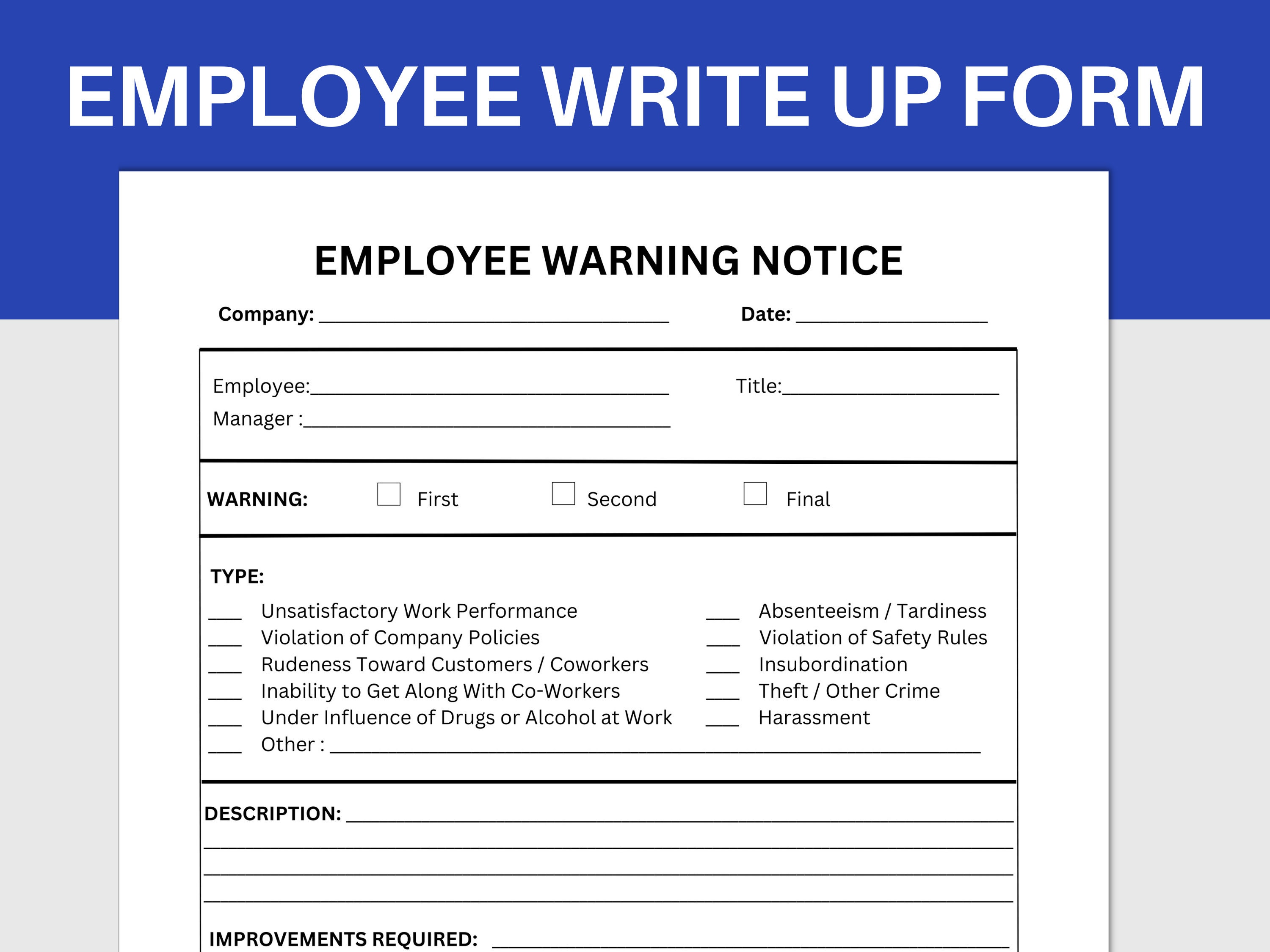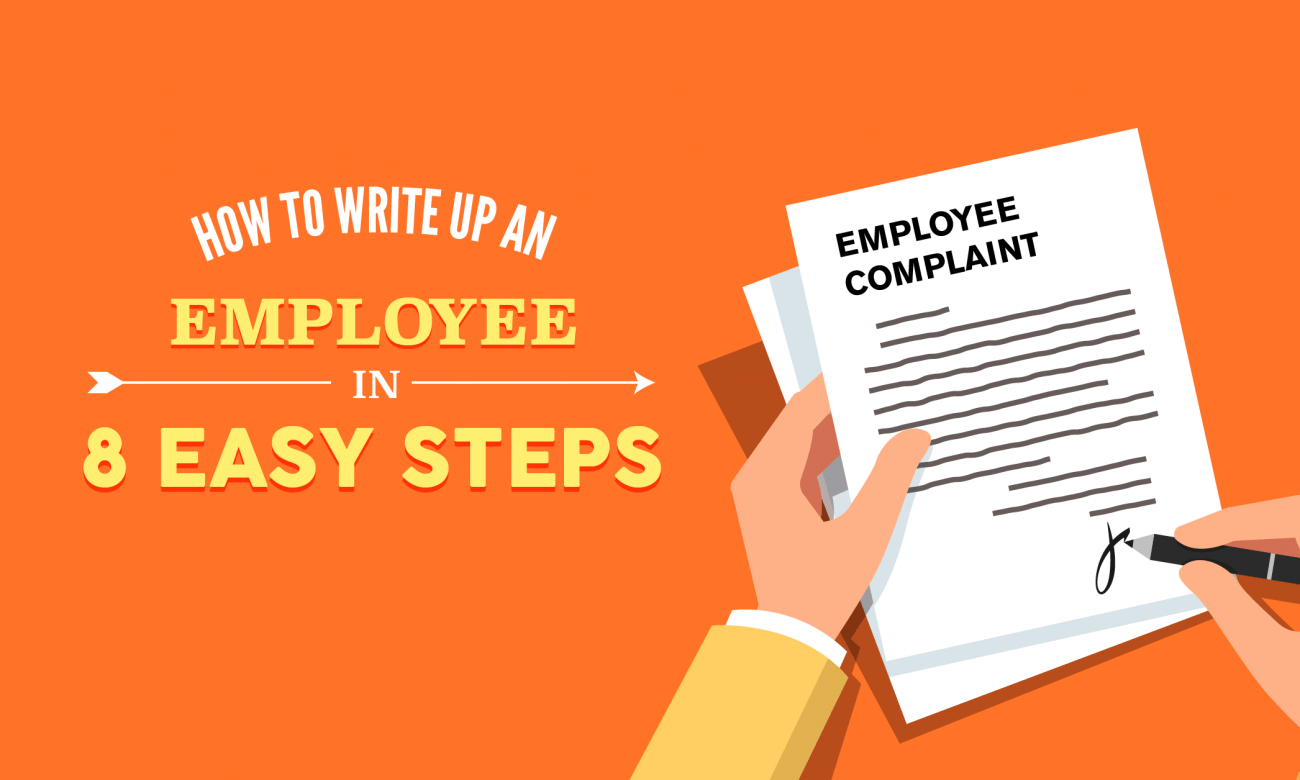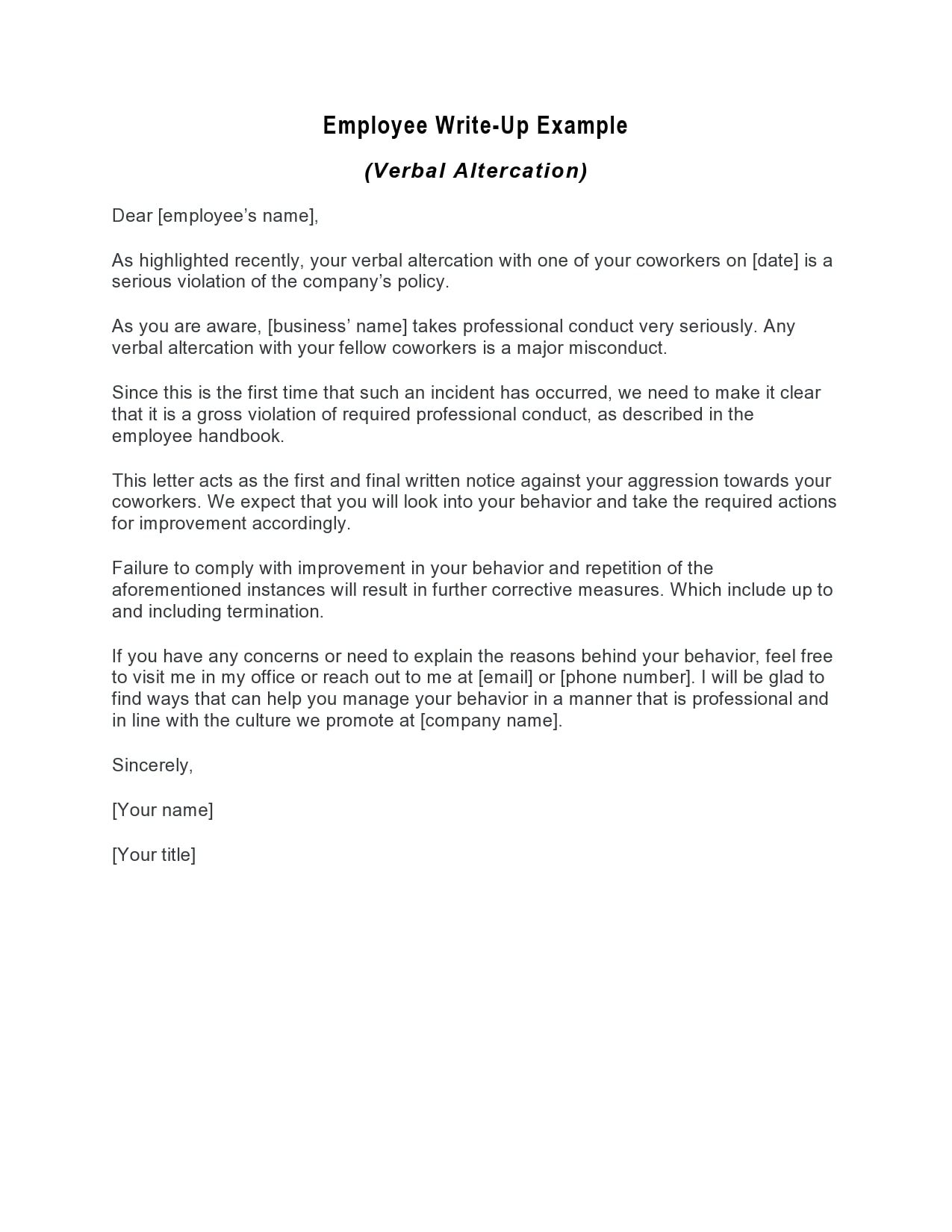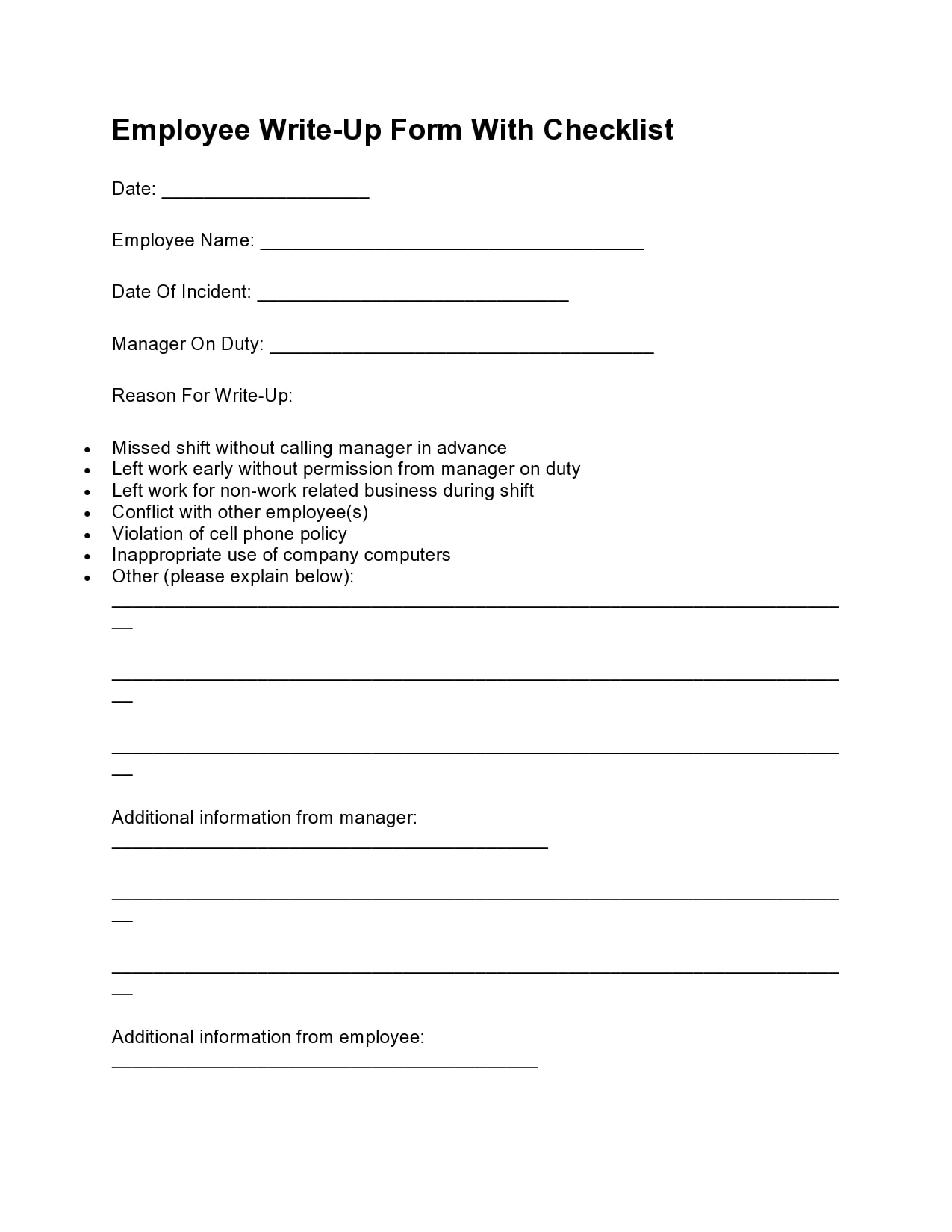How To Write Up An Employee For Mistakes
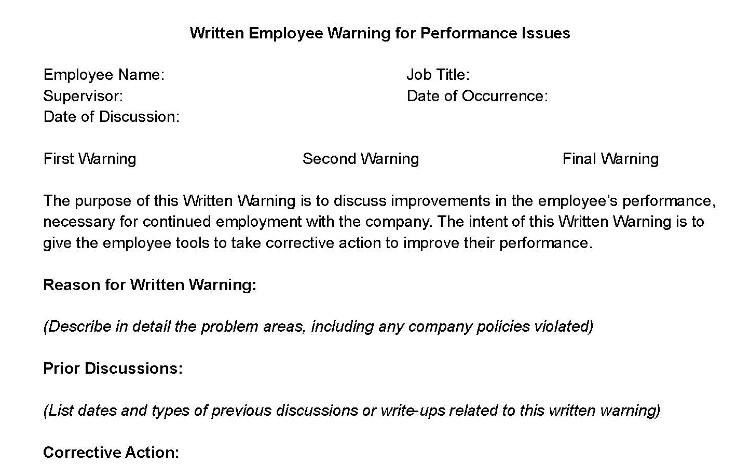
Navigating employee performance issues is a critical yet delicate aspect of management. Constructive feedback and disciplinary action, when necessary, are essential tools for fostering improvement and maintaining workplace standards.
Writing up an employee for mistakes requires a structured and fair approach. Employers must balance accountability with the potential for growth and development.
The Importance of Documentation
Documentation is paramount when addressing employee errors. A well-documented record provides a clear timeline of events and serves as a reference point for future discussions.
It also protects the company from potential legal challenges. This is according to the Society for Human Resource Management (SHRM), which emphasizes the importance of thorough record-keeping.
Steps to Writing an Effective Employee Write-Up
The process should begin with a thorough investigation of the incident. Gather all relevant information, including witness statements and any supporting documentation.
"Before writing anything, speak with the employee," advises employment law attorney Lisa Stern. "Give them an opportunity to explain their perspective."
Once the facts are established, the write-up should clearly and concisely describe the incident. It should include the date, time, and location of the event, as well as the specific actions or inactions that led to the mistake.
Avoid vague language or personal opinions. Stick to objective observations and verifiable facts.
Next, identify the company policy or procedure that was violated. This helps to demonstrate the seriousness of the infraction and reinforces the importance of adherence to established rules.
Specify the consequences of the employee's actions. For example, did the mistake result in financial loss, damage to equipment, or harm to the company's reputation?
Outline the expected corrective action. This should be specific, measurable, achievable, relevant, and time-bound (SMART goals).
The write-up should conclude with a clear statement of the potential consequences of future violations. This reinforces the seriousness of the matter and underscores the employee's responsibility for improving their performance.
Delivering the Write-Up
Schedule a private meeting with the employee to discuss the write-up. Be prepared to answer questions and address any concerns they may have.
Maintain a calm and professional demeanor throughout the conversation. Focus on the facts and avoid getting drawn into emotional arguments.
Allow the employee to respond to the write-up and document their response. This demonstrates fairness and provides an opportunity for them to share their perspective.
"The goal is not to punish, but to correct behavior," says HR consultant Mark Thompson. "Approach the situation with a desire to help the employee improve."
Obtain the employee's signature on the write-up to acknowledge receipt. However, make it clear that their signature does not necessarily indicate agreement with the contents.
Legal Considerations
It is crucial to comply with all applicable federal and state laws when writing up an employee. Consult with legal counsel to ensure that the write-up is legally sound and does not violate any anti-discrimination laws.
Be aware of potential claims of retaliation. Avoid writing up an employee shortly after they have engaged in protected activity, such as reporting discrimination or harassment.
Document all steps taken in the disciplinary process. This includes the initial investigation, the write-up, the meeting with the employee, and any follow-up actions.
A Path Towards Improvement
Writing up an employee is not simply about punishment; it's about creating a pathway toward improvement. By providing clear expectations, constructive feedback, and opportunities for development, employers can help their employees succeed.
Remember that a well-written and delivered write-up can be a valuable tool for performance management. It can also contribute to a more productive and positive work environment.
Ultimately, effective documentation and communication are key to addressing employee mistakes constructively and fairly. This approach benefits both the employee and the organization as a whole.
![How To Write Up An Employee For Mistakes 46 Effective Employee Write Up Forms [+ Disciplinary Action Forms]](https://templatelab.com/wp-content/uploads/2017/02/employee-write-up-form-01.jpg)
![How To Write Up An Employee For Mistakes 46 Effective Employee Write Up Forms [+ Disciplinary Action Forms]](https://templatelab.com/wp-content/uploads/2017/02/employee-write-up-form-31.jpg)
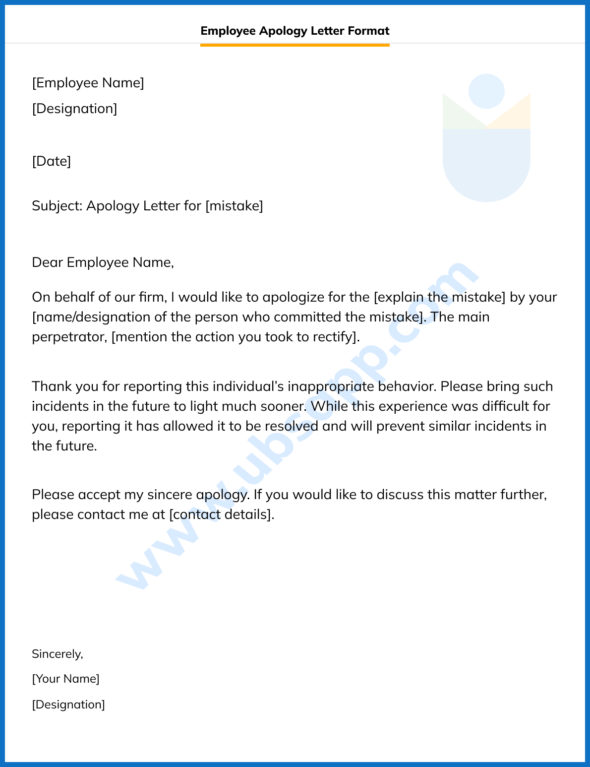
![How To Write Up An Employee For Mistakes 46 Effective Employee Write Up Forms [+ Disciplinary Action Forms]](http://templatelab.com/wp-content/uploads/2017/02/employee-write-up-form-42.jpg?w=320)
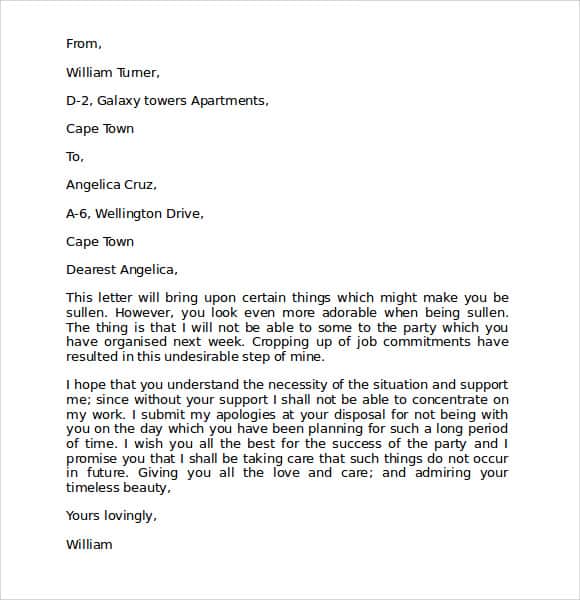

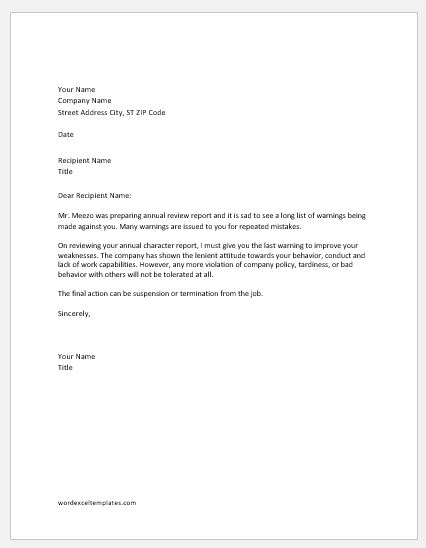
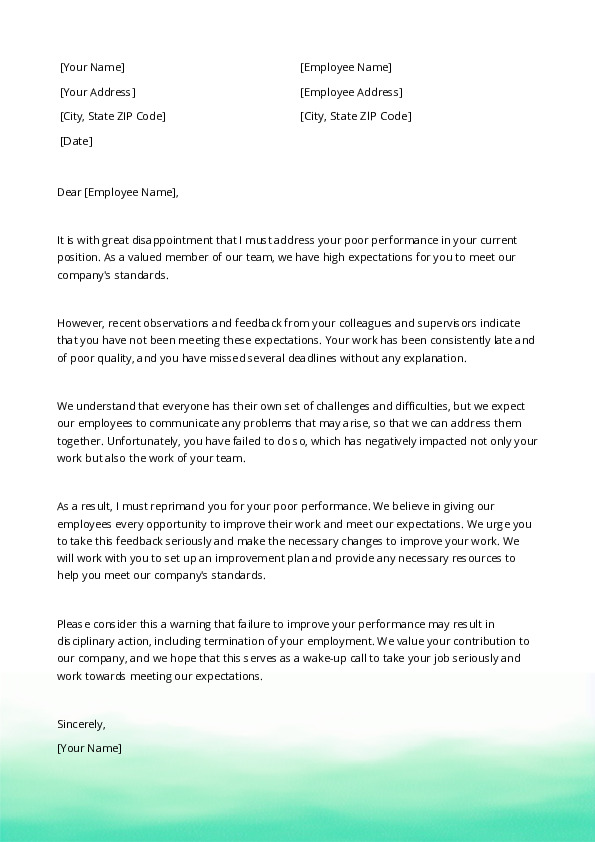
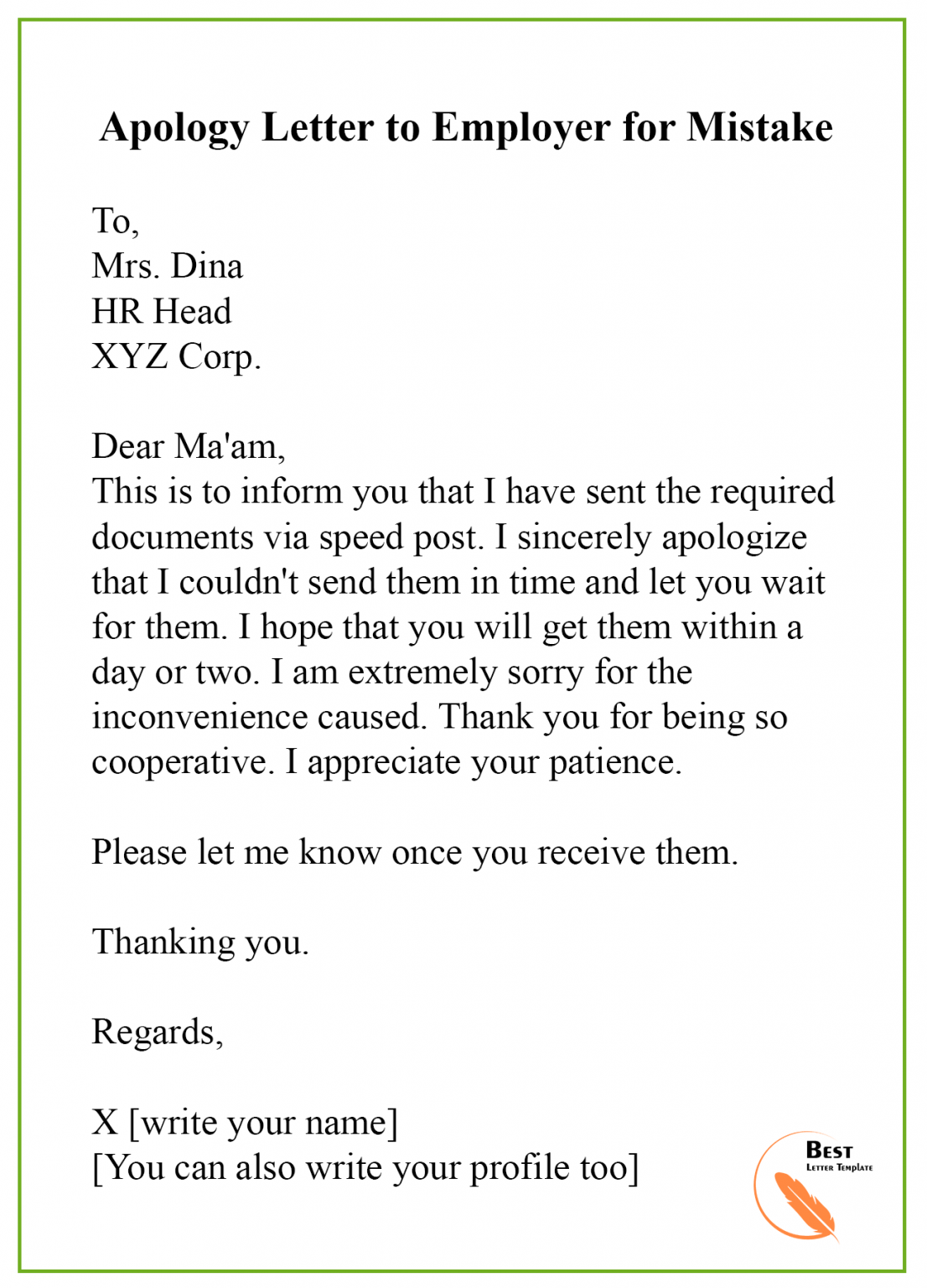




![How To Write Up An Employee For Mistakes 46 Effective Employee Write Up Forms [+ Disciplinary Action Forms]](https://templatelab.com/wp-content/uploads/2017/02/employee-write-up-form-08.jpg)
